
Many of Ann Johnson’s life milestones were marked at Camp Lejeune, a sprawling U.S. Marine Corps base camp on the North Carolina coast. She moved to the base in 1982, when her stepfather was stationed there. In 1983, she graduated from Camp Lejeune High School. In 1984, she got married and, at the age of 18, gave birth to her first child at the on-base hospital.
Johnson had a difficult pregnancy, gaining 120 pounds due to a complication that leads to excess amniotic fluid. In retrospect, she says, this was the first sign that something was wrong. Then, on the day her daughter, Jacquetta, was born, she didn’t cry out—another troubling sign. Johnson wanted to hold her daughter, but the doctors didn’t bring the baby over right away. “They wanted to talk to me and prepare me,” remembers Johnson, now 57.
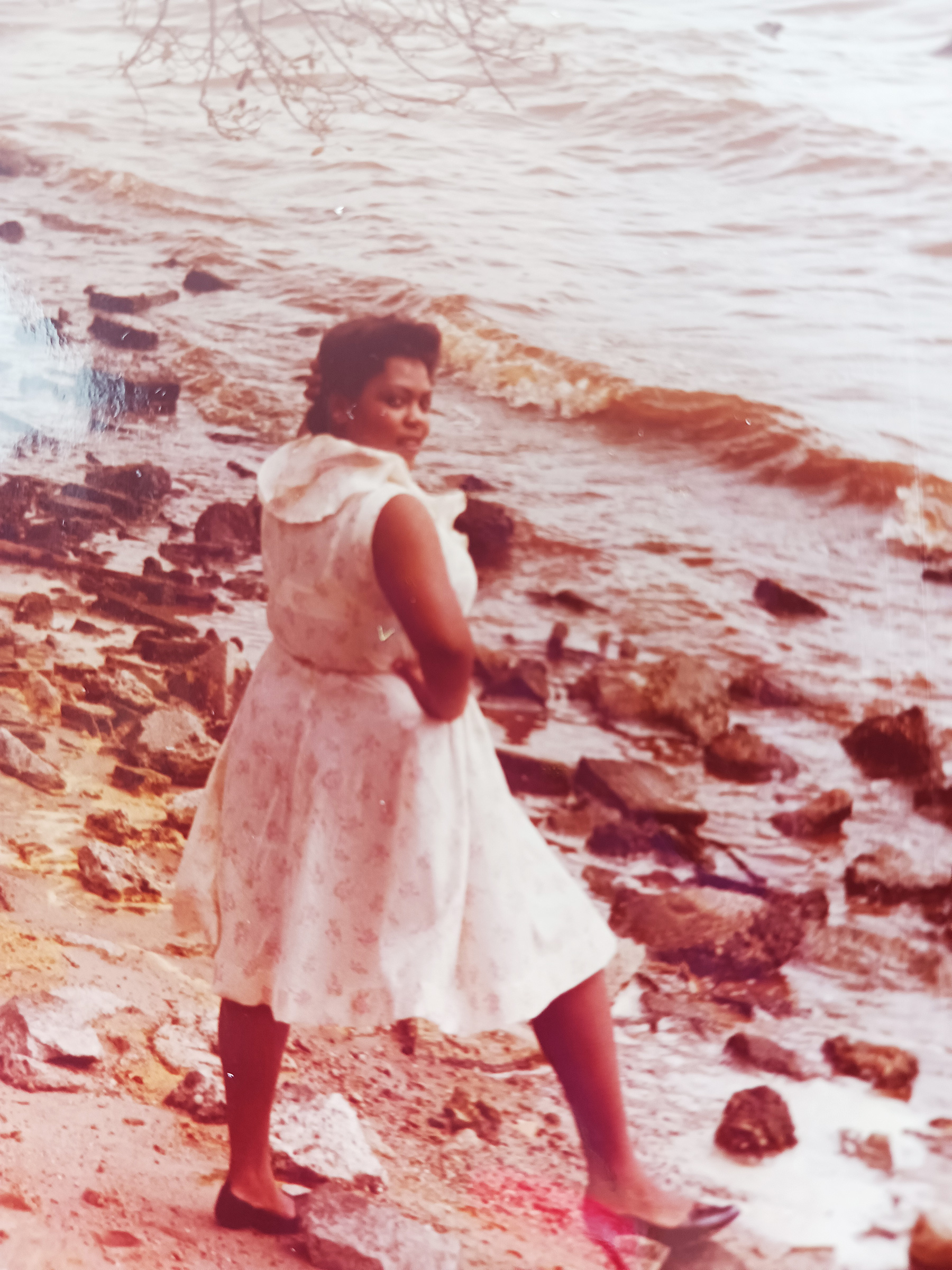
Jacquetta was born with birth defects that prevented her from breathing, swallowing, or crying on her own, as well as a cleft palate and lip and deformities to one of her eyes and one hand. She ultimately lived only seven weeks—an experience that left Johnson both devastated and confused. Neither she nor her then-husband had any family history of such complications, and genetic screening completed after their daughter’s birth didn’t provide any clues about what had happened. At the time, Johnson’s doctors told her they had no idea what had gone wrong.
“It just opened a well of questions,” Johnson says. “We were just left with, ‘Why? What happened? Did I do something?’ For 38 years, it’s been unanswered questions.”
Johnson may finally get some answers soon. In August, President Joe Biden signed the PACT Act, which provides benefits to veterans who were exposed to toxicants in the line of duty. The legislation has special significance for Johnson and up to 1 million other people who lived or worked at Camp Lejeune from 1953 to 1987. During this span of time, Camp Lejeune’s drinking water was contaminated by chemicals linked to cancers, birth defects, and other serious health problems. Biden’s signature on the PACT Act opened a two-year window during which people who developed health problems they believe are linked to the contamination can file complaints against the government. As of Nov. 15, the U.S. Navy Judge Advocate General’s Corps had received about 8,000 claims, according to a spokesperson.

Just as meaningfully, the legislation may help people receive explanations for their illnesses—a rare opportunity in an industrialized world rife with exposure to dangers ranging from polluted air and second-hand smoke to chemicals that are used in consumer products or leach into the water or food supply. According to the World Health Organization, about a quarter of deaths worldwide are attributable to environmental factors, such as pollution and chemical exposures. But most people who get sick will never know the cocktail of genes, environment, and luck that led to their diagnoses.
Plaintiffs like Johnson won’t get absolute certainty from their legal proceedings, either—but they may get as close as it’s possible to come. If authorities find that water at Camp Lejeune was to blame for the loss of her daughter, it “will help me better understand what happened to her, why it happened to her, and that it wasn’t my fault,” Johnson says. “That I did the right thing.”
Camp Lejeune was built for its water. The base, which opened in the 1940s, abuts North Carolina’s New River and miles of Atlantic Ocean beachfront, and it’s close to ports in nearby Wilmington and Morehead City. This aqueous environment made Camp Lejeune an ideal training center for the Marine Corps.
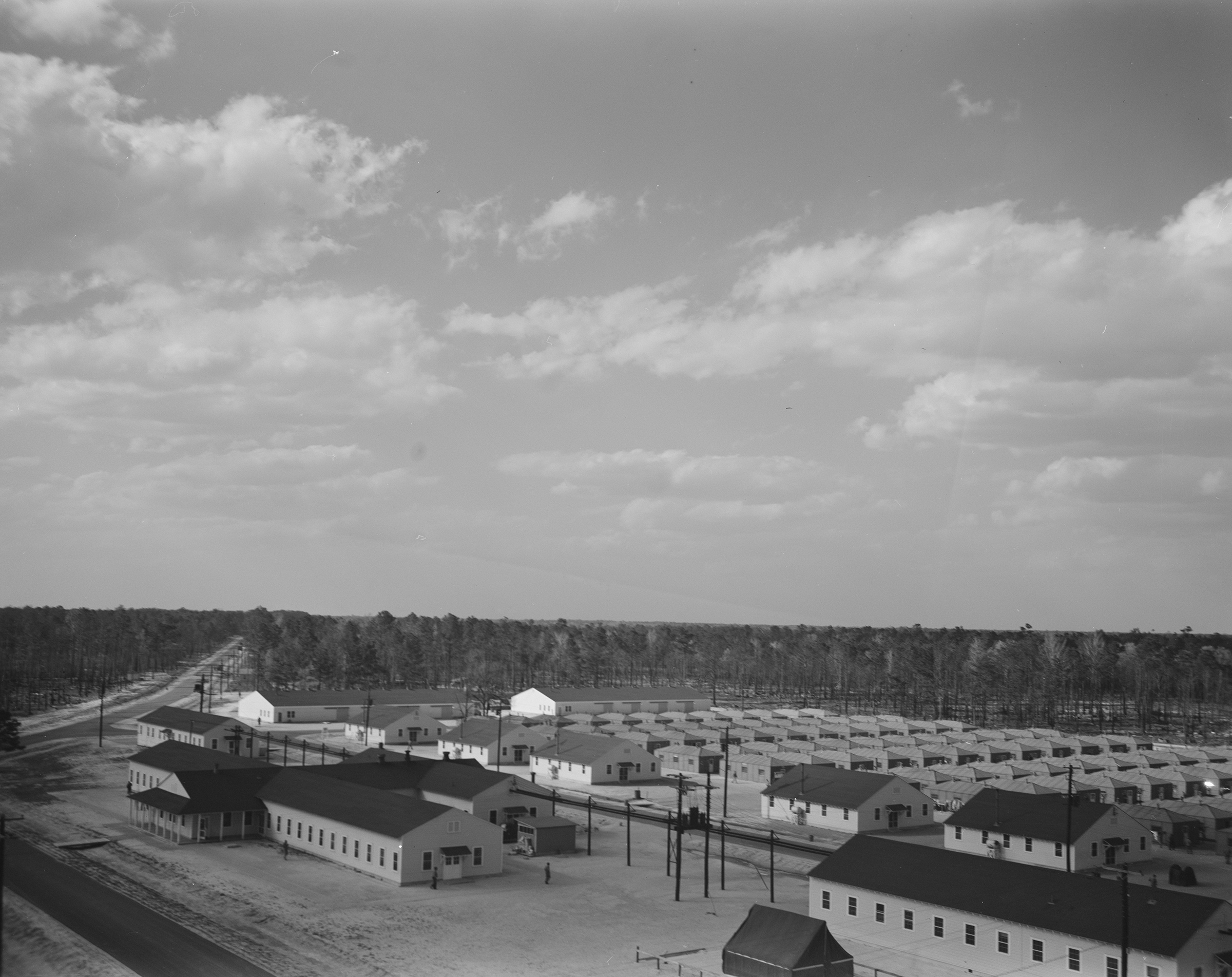
Today, the 150,000-acre community boasts its own schools, hospital, restaurants, bowling alley, golf course, and skate park. It is home to more than 100,000 people, including active-duty service members, their family members, retirees, and civilians; if it were a city of its own, it would be among the most populous in North Carolina. “If you stay in the Marine Corps long enough, chances are you’ll pass through Camp Lejeune at least once,” reads a post on a military families blog.
For some of the roughly 1 million people who passed through Camp Lejeune from 1953 to 1987, water turned out to be both the draw and the problem.
Over the course of those three decades, multiple wells that supplied Camp Lejeune’s drinking water were contaminated by potentially dangerous substances, according to the U.S. Centers for Disease Control and Prevention’s Agency for Toxic Substances and Diseases Registry (ATSDR). The contamination came from multiple sources, including waste from a nearby dry cleaner, leaking underground storage tanks, and industrial spills in the area. Residents may have been exposed to toxicants including dry-cleaning agent tetrachloroethylene; solvent trichloroethylene; benzene, which is commonly used in plastics, dyes, and detergents; and vinyl chloride, a gas used to make plastics. Cumulatively, these substances are linked to a host of health issues, including multiple forms of cancer, kidney disease, heart defects, miscarriages, and birth defects.
The Marine Corps became aware of the problem in 1982, according to ATSDR, but some tainted wells were not closed until 1985 and chemical concentrations in the water exceeded safety standards until 1987.
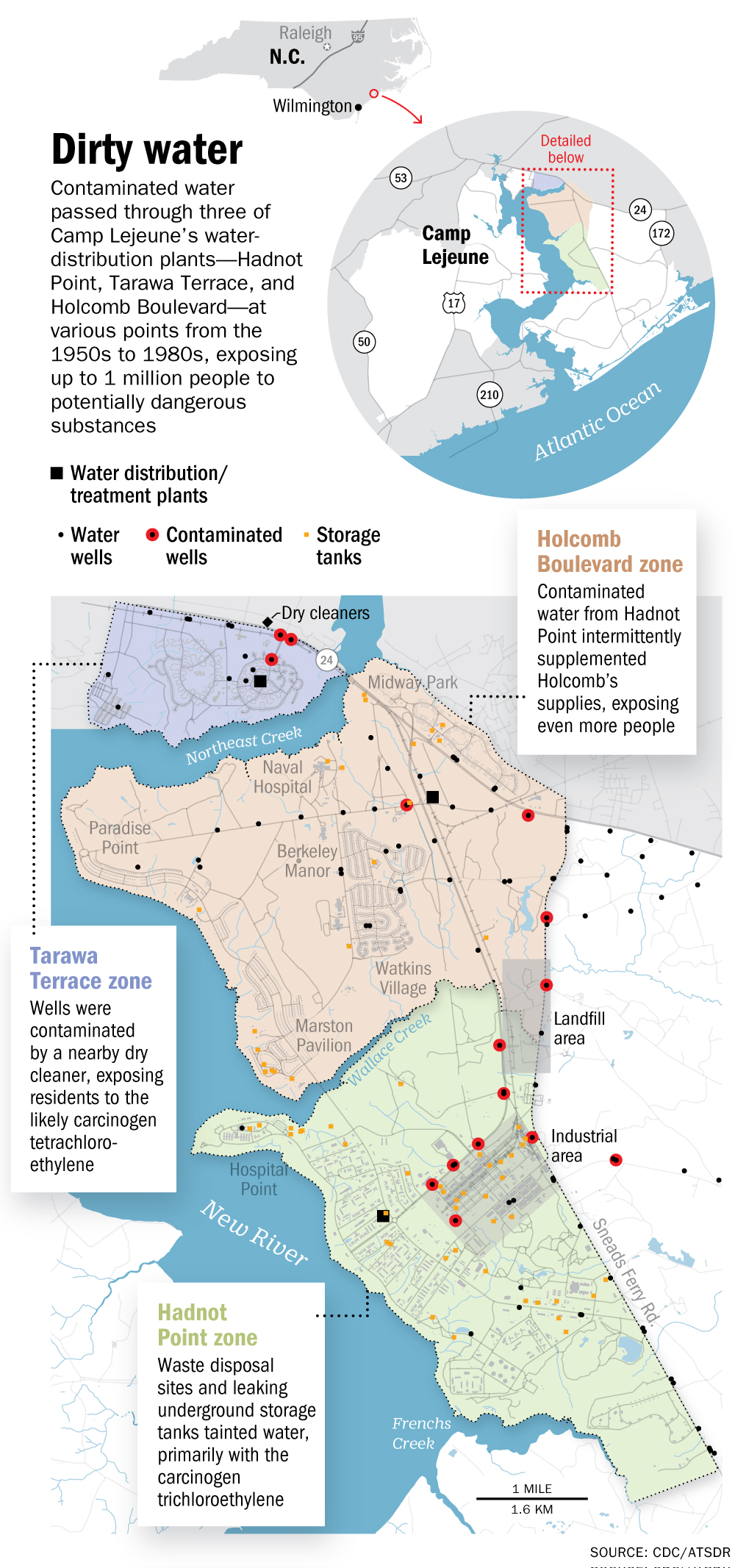
“We care deeply about our service members, veterans, civilian workforce, and families—including those who have experienced health issues they believe are related to their time in service,” Marine Corps spokesperson Major James Stenger said in a statement provided to TIME. The Marines did not make members of its leadership available for interviews, and Stenger declined to comment on matters related to ongoing litigation.
Veterans are eligible for disability benefits from the U.S. Department of Veterans Affairs if they served at Camp Lejeune between 1953 and 1987 and have been diagnosed with one of eight conditions strongly linked to chemicals found in the water: leukemia, aplastic anemia, bladder cancer, liver cancer, kidney cancer, multiple myeloma, non-Hodgkin lymphoma, and Parkinson’s disease. But those who have tried to sue the Navy (the Marine Corps’ parent organization) have historically been unsuccessful due to statute of limitations issues and policies that prevent armed service members from suing the government over injuries suffered in the line of duty. Given those roadblocks, Biden’s signature on the PACT Act represents many families’ best shot at justice.
The law’s passage also provides new clarity to some families. The military never formally notified many Camp Lejeune residents that they’d been exposed to potentially dangerous substances. (Stenger wrote in an email to TIME that the Camp Lejeune Historic Drinking Water website is meant to share relevant information; it also includes a registry that allows those who may have been exposed to sign up for updates.) But after Biden signed the PACT Act, lawyers seeking to represent plaintiffs from Camp Lejeune peppered television and the internet with advertisements. For some people, including Johnson, those ads promised long-awaited explanations.
Johnson is now one of about 6,000 people working with AVA Law Group to bring administrative claims with the Navy; if those claims are not settled, they can be tried in the U.S. Eastern District of North Carolina court. By some estimates, up to 500,000 complaints related to Lejeune may be filed by law firms nationwide over the next two years.
Andrew Van Arsdale, managing partner at AVA, says that if cases go to court, the process could take multiple years and result in hundreds of thousands or millions of dollars in damages per client. Van Arsdale says his ideal outcome would be a “sincere apology” from the Marine Corps and Navy, followed by the organizations “step[ping] up to the plate and try[ing] to find a resolution to these claims now—not in two or in five years, but try[ing] to make these individual lives better today.”

Many plaintiffs have already waited a long time for explanations—in James Cotton’s case, his entire life. Cotton, 55, was born at Camp Lejeune in 1967, while his parents lived there during his father’s military service. He had serious medical problems as an infant, including seizures and spinal meningitis, which doctors feared might lead to cognitive impairments later in life. Though Cotton was never diagnosed with cognitive deficits, he felt he had to “try harder” than other people in school.
Then, last year, both he and his father were diagnosed with cancer: Cotton with non-Hodgkin lymphoma, and his father with a type of leukemia. After some convincing from his mother, Cotton recently decided to look into Camp Lejeune litigation. “Gosh, is this really possible?” he wondered. “Is this where it really could be explained?” His parents were never officially notified that they could have been exposed to contaminants, and so he had no reason to think he had been, either.
Since discovering the potential connection between his birthplace and his health, it’s been a process of “connecting the dots, and then questioning why the dots weren’t connected quite some time ago,” Cotton says.
![James Cotton, pictured with his parents at Camp Lejeune [if accurate] in TK year. His mother became pregnant while living on the base, likely exposing Cotton to contaminants in utero.](https://api.time.com/wp-content/uploads/2022/11/camp-lejeune-justice-act-lawsuits-james-cotton-family-2.jpg?quality=75&w=2400)
Many people never get the opportunity to connect those dots. In modern Western life, exposure to toxicants is “common across the human life course,” says Dana Dolinoy, chair of the department of environmental health sciences at the University of Michigan School of Public Health. “We can be exposed through the air we breathe, the water that we drink. Just going about our day-to-day lives, there are exposures that come through consumer products that we use,” from cosmetics to cookware.
That said, people who drank the water at Camp Lejeune were exposed to “considerably” more toxicants than could be expected in the “routine exposures to contaminants in daily life,” a CDC representative wrote in a statement to TIME.
When someone is diagnosed with cancer, they’re usually not told why they got cancer, says David Savitz, a professor of epidemiology at the Brown University School of Public Health who chaired a 2009 National Research Council report on Camp Lejeune and is currently consulting for lawyers representing Camp Lejeune victims. There are some exceptions—for example, a lifelong smoker who develops lung cancer or someone who gets mesothelioma after exposure to asbestos—but such cases are “few and far between,” he says. The only way to definitively untangle whether a particular incident or exposure caused disease, Savitz says, would be to rewind an individual’s life, live it over without that potential trigger, and see if they get sick or not. Obviously, that’s not possible.
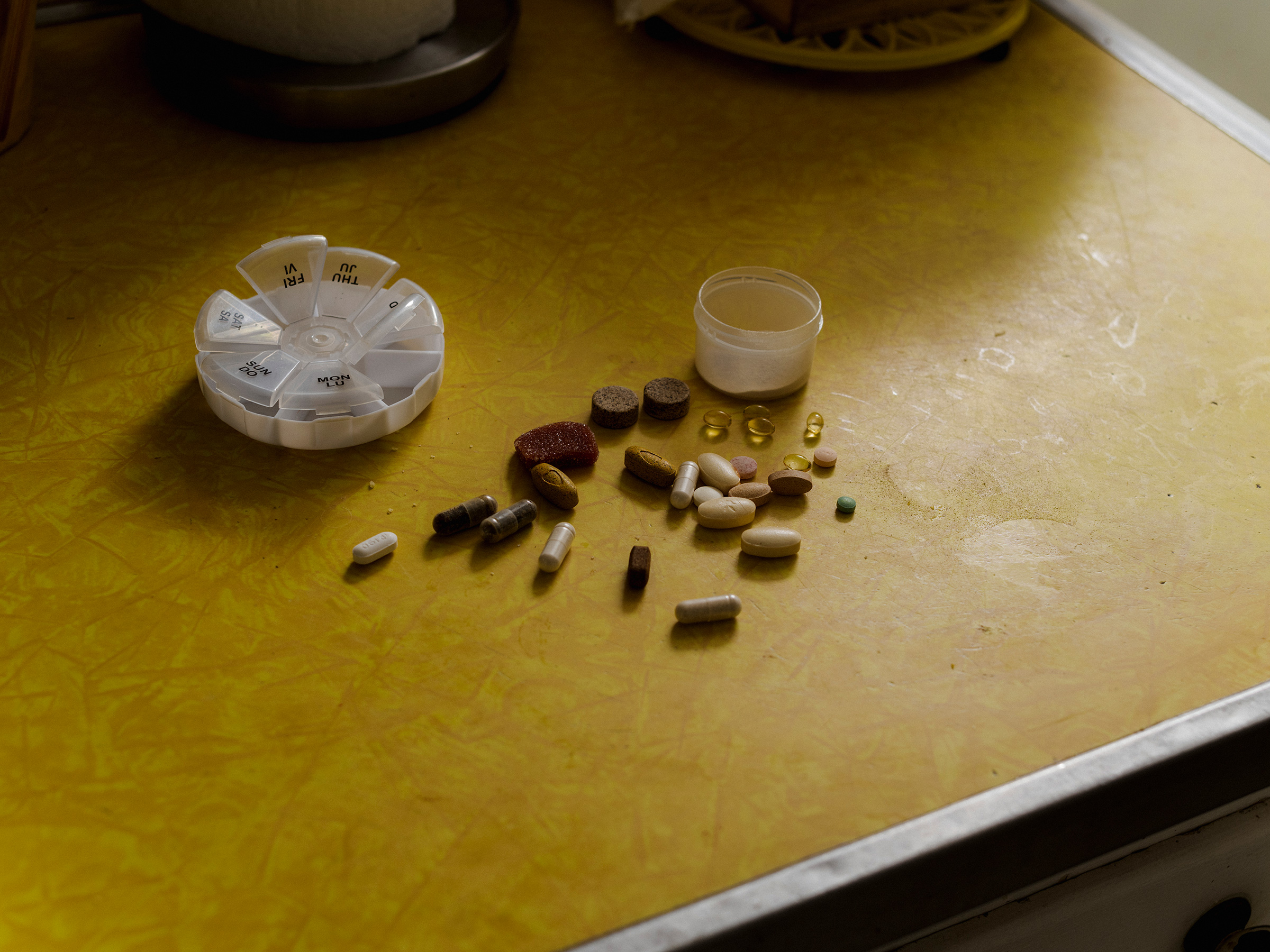
Some researchers are trying to find alternate methods. Scientists are looking for ways to chart an individual’s “exposome”—their unique set of environmental exposures—to look for links between particular incidents and later disease. But this field of “precision environmental health” is still emerging, Dolinoy says.
Given all that uncertainty, Savitz says, Camp Lejeune survivors have been presented with an “exceedingly rare” opportunity to find an explanation for their suffering—if not in a scientific lab, at least in a court of law. “In these situations, there’s a hunger for definitiveness,” Savitz says. “Science doesn’t deliver it. Courts do.”
Under the new law, those who bring complaints against the government will have to prove they lived or worked at Camp Lejeune for at least 30 days from August 1953 to December 1987, and that scientific evidence suggests the contaminants in the base’s water were “at least as likely as not” the cause of their health issues. There’s very strong evidence linking contaminants found in the water to certain conditions, but for others, there’s more ambiguity. There is some evidence to support links between Camp Lejeune contaminants and everything from brain and breast cancer to fetal death and malformations, according to ATSDR.

Peter Romano, now 56, enlisted in the Marines straight out of high school, at the age of 17. He was honorably discharged after four years in service, two of them spent at Camp Lejeune. He was diagnosed with testicular cancer in 1990, about 18 months after leaving the service, at which point doctors told him the disease had spread through his lymph nodes and traveled to his stomach. When doctors advised Romano to look into freezing his sperm in case treatment compromised his fertility, he learned that his sperm was already unviable.
There was no discernible explanation for Romano’s diagnosis—he was young, healthy, and had no family history of cancer—so for decades, he figured it was simply God’s plan. Then, in August, he got a text from a friend: “Hey, weren’t you at Camp Lejeune?”
The friend had seen a commercial about potential compensation for victims and wondered if Romano might be eligible. Romano was somewhat aware of the Camp Lejeune toxicity debacle but had never wondered if his own health issues might be related to his time in the service.
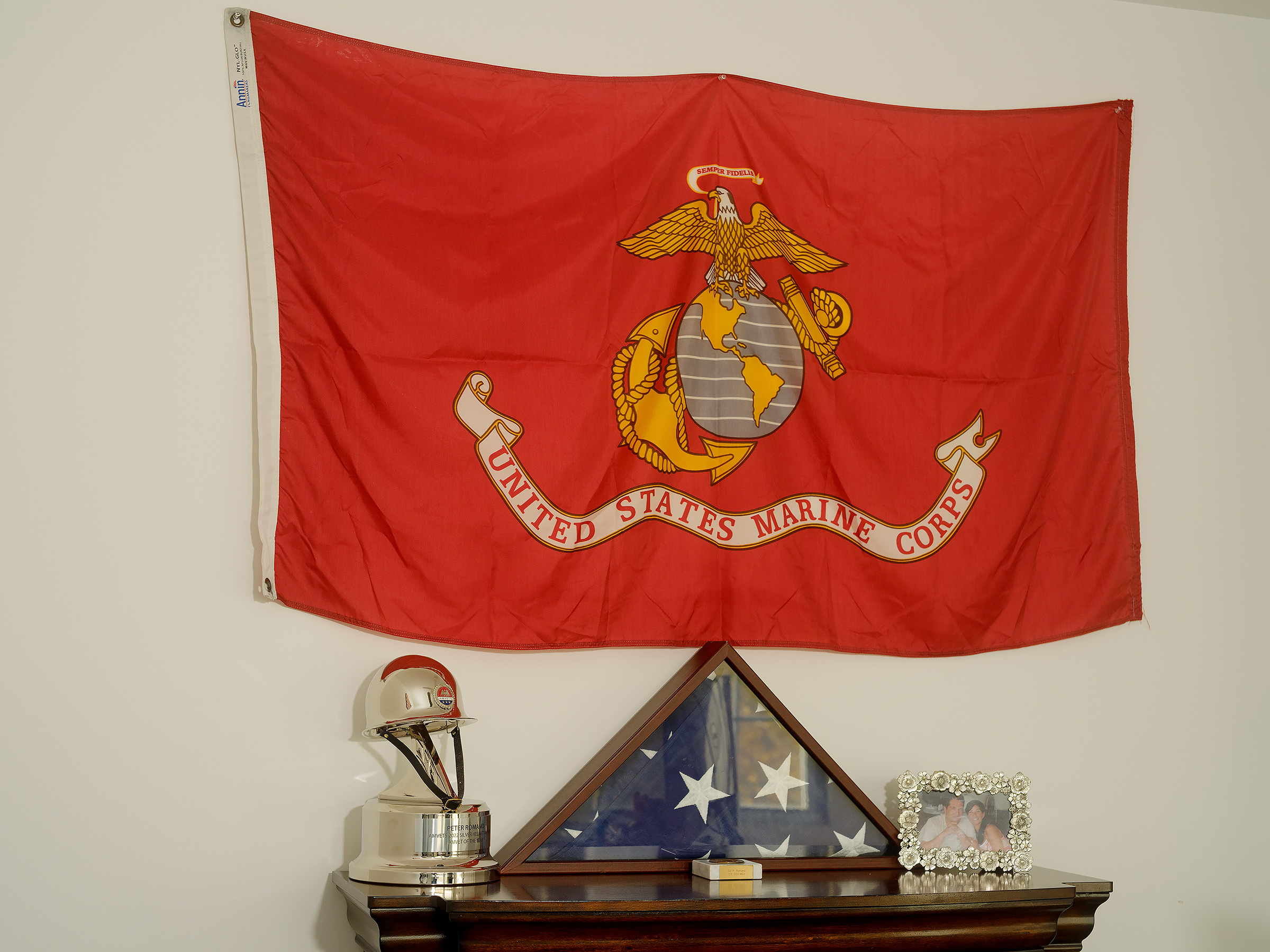
He has now joined AVA’s group of plaintiffs. While testicular cancer has not been definitively proven to be linked to the contaminants at Camp Lejeune, Van Arsdale says he is confident that ongoing research from the CDC will find an association. Romano’s complaint will also include information about his fertility issues, he says. However, studies to date—including those carried out by ATSDR—have not conclusively proven whether the drinking water at Camp Lejeune affected male fertility. “This is an uphill battle,” Van Arsdale concedes.
Romano says he’s not overly concerned with how much money he receives. For him, being part of the case is about holding the institution that he loved and trusted accountable—not just for his own sake, but for the sake of those who have died, developed life-long illnesses, or lost loved ones.
“I can only imagine how many families are out there that don’t know [why] their dad or uncle or mom or grandmother passed away when they served in the Marine Corps,” he says. “I just want as many people as possible to really get what they deserve.”
More Must-Reads From TIME
- The 100 Most Influential People of 2024
- The Revolution of Yulia Navalnaya
- 6 Compliments That Land Every Time
- What's the Deal With the Bitcoin Halving?
- If You're Dating Right Now , You're Brave: Column
- The AI That Could Heal a Divided Internet
- Fallout Is a Brilliant Model for the Future of Video Game Adaptations
- Want Weekly Recs on What to Watch, Read, and More? Sign Up for Worth Your Time
Write to Jamie Ducharme at jamie.ducharme@time.com